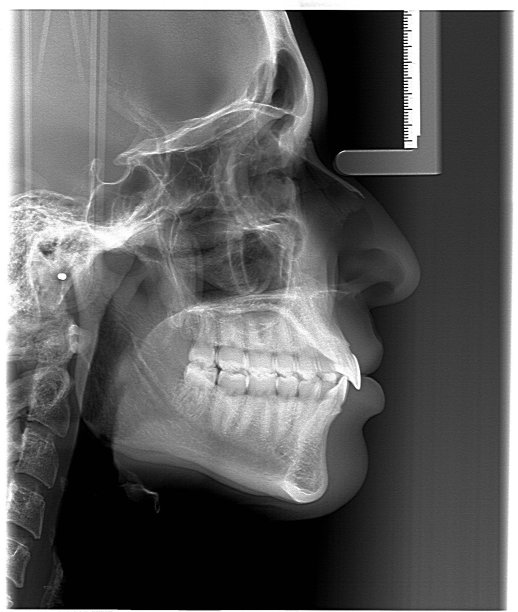Essential Precautions to Ensure Successful Outcomes in Root Canal Treatment and Minimize Potential Risks
Summary: Root canal treatment is a specialized dental procedure designed to alleviate pain and restore health to a tooth that is suffering from deep decay or infection. To ensure successful outcomes while minimizing potential risks, certain essential precautions must be undertaken. This article discusses four critical aspects: appropriate diagnosis and treatment planning, use of advanced technologies, effective infection control, and post-treatment care. Each of these areas is vital to enhance the likelihood of a successful procedure, deal with complexities, and ensure patient safety and satisfaction. By following these precautions, dental practitioners can contribute to more favorable outcomes, promoting overall dental health.
1. Accurate Diagnosis and Treatment Planning

Accurate diagnosis is the cornerstone of a successful root canal treatment. It begins with a thorough clinical examination and patient history to identify the specific issues affecting the tooth. Dental imaging techniques, such as X-rays, are instrumental in visualizing the extent of infection or damage, enabling practitioners to devise a comprehensive treatment plan.
Following the diagnosis, creating a meticulous treatment plan is crucial. This plan should incorporate the specific techniques and materials to be used, taking into account the unique circumstances of the patient’s dental health. Practitioners must also prepare for potential complications that may arise during the procedure, ensuring they have strategies in place to address them promptly.
Involving the patient in the decision-making process is also essential. This allows for informed consent and helps manage expectations regarding the treatment outcomes. Communicating clearly about the procedures potential risks and benefits fosters a cooperative patient-practitioner relationship that is vital for success.
2. Utilization of Advanced Technologies
The integration of advanced technologies into root canal procedures significantly enhances outcomes. Tools such as digital imaging and 3D cone beam computed tomography can offer a clearer view of the root canal anatomy, which is crucial for effective treatment planning and execution.
Additionally, the use of rotary endodontic instruments has revolutionized root canal treatment. These instruments allow for greater precision and efficiency, minimizing the time patients spend in the chair while also preserving tooth structure. Enhanced accuracy reduces the chances of complications like canal transportation or perforation.
Finally, the adoption of modern irrigation techniques employing ultrasonic and laser technologies can improve disinfection of the root canal system. Effective irrigation is vital for removing debris and bacteria, thus minimizing the risk of post-treatment infections and improving overall treatment success rates.
3. Infection Control Measures
Effective infection control is another essential precaution that can greatly influence the success of root canal treatment. Adopting strict aseptic techniques during the procedure is non-negotiable. This practice minimizes the risk of introducing bacteria into the root canal system or surrounding tissues.
Preparation of the dental environment is equally important. Sterilization of instruments and the use of disinfectants must be strictly adhered to. Implementing single-use disposable materials wherever possible helps further in reducing infection risks. Practitioners should also ensure that personal protective equipment, such as masks and gloves, is used consistently.
Furthermore, patient management during the procedure involves maintaining an effective barrier to prevent saliva contamination. Rubber dams are widely used to isolate the treatment area, offering both an infection control benefit and improving accessibility for the dentist. These fundamental measures contribute significantly to the overall success rates of root canal treatments.
4. Effective Post-Treatment Care
Post-treatment care is a critical stage following a root canal procedure. Educating the patient about appropriate post-operative practices is essential for a smooth recovery process. Patients should be informed about potential symptoms of complications, such as increased pain or swelling, and advised on when to seek further dental care.
Moreover, prescribing appropriate medications, such as analgesics and, if necessary, antibiotics, plays a role in managing pain and preventing infection post-treatment. Careful monitoring in the days following the procedure can provide insights into the healing process and highlight any need for intervention.
Encouraging patients to keep up with follow-up appointments is also crucial. These visits allow the dentist to evaluate the healing process, confirm that the treatment was successful, and plan for further restoration if needed. This ongoing engagement ensures that the patients dental health is continuously prioritized.
Summary:
In summary, successful root canal treatment is built upon accurate diagnosis, the utilization of advanced technology, stringent infection control measures, and effective post-treatment care. By diligently adhering to these essential precautions, dental practitioners can enhance recovery outcomes and minimize associated risks. The commitment to refining these processes ultimately contributes to higher patient satisfaction and improved overall dental health.
This article is compiled by Vickong Dental and the content is for reference only.



